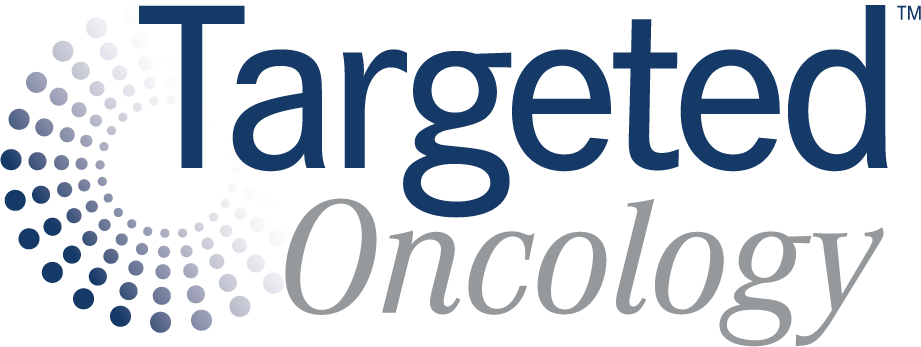Idecabtagene Vicleucel Shows Strong Response in Multiple Myeloma
Idecabtagene vicleucel induced high complete response and minimal residual disease negativity rates in multiple myeloma after suboptimal first-line therapy.
Alfred L. Garfall, MD

Topline findings from the phase 2 BMT CTN 1902 trial (NCT05032820), presented at the 2025 Transplant and Cellular Therapy Meetings, showed that idecabtagene vicleucel (ide-cel; Abecma) led to high complete response (CR) rates and minimal residual disease (MRD) negativity in patients with multiple myeloma who had a suboptimal response to first-line therapy, including autologous hematopoietic cell transplant (auto-HCT) and lenalidomide (Revlimid) maintenance.
Sixty-three percent of evaluable patients (n = 38) had converted to CR by 6 months. The time-to-event analysis showed that some responses occurred “quite early.” The presenting author, Alfred L. Garfall, MD, noted that there is still a number of patients for whom data are maturing beyond this time point, and it is possible that some responses may continue to evolve to CR as serologic tests improve over subsequent months.
At 6 months, 87% of patients had achieved MRD negativity with 95% of those patients having achieved MRD-negative status at some point in that time frame. Moreover, at a median of 10.7 months (interquartile range, 8.3-12.3) after infusion, only 1 patient had experienced disease progression.
“We conclude that anti-BCMA CAR T-cell therapy in this post-transplant setting is feasible and safe. We were able to successfully apherese and manufacture during this post-transplant setting in almost all cases. Cytokine release syndrome [CRS] was frequent, but mostly mild and low grade, and there was no neurologic toxicity, suggesting that implementing this therapy in the setting of low disease burden may be safer than in the relapse setting. All patients were able to resume lenalidomide maintenance,” Garfall said. “Ide-cel used in the upfront setting after an autologous transplant was successful to upgrade the response, with most patients achieving an MRD-negative response and 63% [of patients] achieving a CR by 6 months. We hope, in the final analysis, to be able to update follow-up through 12 months.”
Garfall is the director of Autologous Hematopoietic Stem Cell Transplantation, the section chief of Myeloma and Hematology-Oncology, and an associate professor of Medicine (Hematology-Oncology) at the Hospital of the University of Pennsylvania, Penn Medicine, in Philadelphia.
Addressing an Unmet Need: BMT CTN 1902
Frontline therapy for multiple myeloma has intensified over the years, with approaches leveraged in the relapse setting moving up to the first line. Garfall said that current frontline treatment mostly consists of combination induction treatment incorporating anti-CD38 antibodies, lenalidomide, proteasome inhibitors—either bortezomib (Velcade) or carfilzomib (Kyprolis) and dexamethasone—followed by high-dose melphalan and auto-HSCT, and then lenalidomide-based maintenance. Those who experience a suboptimal response after this initial treatment and transplant are known to have inferior outcomes.
The BCMA-directed CAR T-cell therapy ide-cel has proven effective in patients with relapsed multiple myeloma. With BMT CTN 1902, investigators sought to evaluate the product in the frontline setting following auto-HSCT for patients who did not achieve a CR.
“Our questions were whether it would be feasible and possible to leukapherese and manufacture CAR T cells in this post-transplant setting when patients were still in the midst of immune reconstitution. From a safety and efficacy standpoint, we wanted to assess preliminarily whether ide-cel administered in this setting, where patients had low tumor burden and low target antigen burden, would have antimyeloma efficacy, whether it would expand in vivo, and also whether it [would] be safe and feasible…,” Garfall explained. “…The standard of care in this setting is to give long-term maintenance therapy with lenalidomide, which has been proven to improve overall survival, so we wanted to make sure that we could safely get patients back on maintenance lenalidomide, and then also, from an exploratory perspective, evaluate interactions between lenalidomide maintenance and CAR T-cell persistence.
Breaking Down the Basics: Population, Treatment, Objectives
The single-arm, phase 2 study enrolled patients with multiple myeloma who experienced suboptimal response, defined as less than a CR, following an auto-HSCT and 3 months of lenalidomide-based maintenance. To enroll, they needed to have symptomatic disease, less than a CR, and no previous progression at approximately 6 months after transplant.
“There have been a couple other studies evaluating CAR T cells in [this] setting, but what distinguishes our study from those others is that patients were not just post-transplant, but post-transplant and [had received] a period of lenalidomide maintenance,” Garfall noted. “We think that’s important, because we do see patients sometimes convert to CR in those first few months of maintenance therapy, so we’re really taking patients who have failed to convert to CR even after a few months of maintenance therapy.”
After enrollment, patients underwent leukapheresis and received subsequent lymphodepleting chemotherapy comprised of fludarabine and cyclophosphamide prior to infusion with ide-cel. Safety run-in and stopping rules were in place to provide the ability to promptly reinitiate lenalidomide maintenance after ide-cel infusion, Garfall said.
The primary end point of the study was CR by 6 months. “The primary end point, as a preliminary study, just to get a quick read of efficacy, was a CR by 6 months after CAR T-cell infusion,” he noted. “We had, from historical data, an expectation that less than 10% of patients would convert to CR spontaneously during this time, and so we aimed to improve that to 30%, and calculated it as a sample size of 40 patients [necessary] to detect that.” Secondary end points included overall responses and upgrade of responses, MRD in the first 6 months; disease progression; lenalidomide initiation; CRS and immune effector cell–associated neurotoxicity syndrome (ICANS); infections; and CAR T-cell in vivo expansion.
A total of 40 patients were enrolled, and all underwent leukapheresis. Thirty-eight of those patients initiated lymphodepleting chemotherapy. All of those patients were infused with ide-cel and went on to receive lenalidomide maintenance. They completed 6 months of follow-up and were analyzed for the primary end point of the study.
In the total 40 patients who were initially enrolled, the median age was 63 years (range, 41-75) and most were male (72.5%), White (72.5%), and not Hispanic or Latino (85%). Moreover, 57.5% of patients had a Karnofsky performance status ranging from 90% to 100%. Regarding disease stage, 35% of patients had stage I disease, 45% of patients had stage II disease, and 15% of patients had stage III disease per the International Staging System; this information was unknown for 5.0% of patients. Per the revised staging system, these respective percentages were 27.5%, 50%, 5.0%, and 17.5%. Notably, 27.5% of patients had high-risk cytogenetics.
“Looking at their prior therapy, essentially, all our patients received either a triplet [45%] or quadruplet [37.5%] induction therapy, which was the standard that was evolving from triplets to quadruplets during the time that the study was undertaken. Patients had gone to transplant within a median of 7 months [range, 4-13] of diagnosis of multiple myeloma, and then they enrolled on study a median of 16 months [range, 12-23] after their initial diagnosis of multiple myeloma,” Garfall noted.
At time of transplant, the most common response was partial response (PR; 75%), and at time of enrollment on the study, after transplant, the most common response was a very good partial response (VGPR; 57.5%). “There was still a substantial portion of patients, 40%, who had only achieved the PR, so in the myeloma response assessment, you can think of a VGPR as a 90% disease reduction from the time of diagnosis, and a PR as a 50% disease reduction from the time of diagnosis,” he added.
Looking at Post–Ide-Cel Lenalidomide Initiation
The median time to lenalidomide maintenance initiation after infusion with ide-cel was 55 days (range, 30-181). A total of 11 patients began treatment with lenalidomide after day 60 because of cytopenias (n = 5) or logistical reasons/physician discretion (n = 6).
Safety Spotlight
Overall, 81.6% of patients experienced CRS; 68.4% of cases were grade 1, and the remaining 13.2% of cases were grade 2. The median time to CRS onset was 1 day (range, 0-4), and the median time to resolution was 2.5 days (range, 0-6). Most patients received tocilizumab (Actemra; 77%) or corticosteroids (23%). No cases of ICANS were reported.
Moreover, 26.32% of patients experienced infections, with these effects presenting within the first 100 days (3%), day 101 to day 180 (1%), or day 181 to day 365 (7%). Infections were grade 2 for 21.05% of patients and grade 3 for 5.26% of patients. Bacterial infections were reported in 1% of patients, and viral infections were reported in 3% of patients. Non-microbial infections occurred in 7% of patients.
Looking Ahead
The final analysis will update the follow-up to 12 months and include protocol-defined ancillary studies, Garfall concluded.








